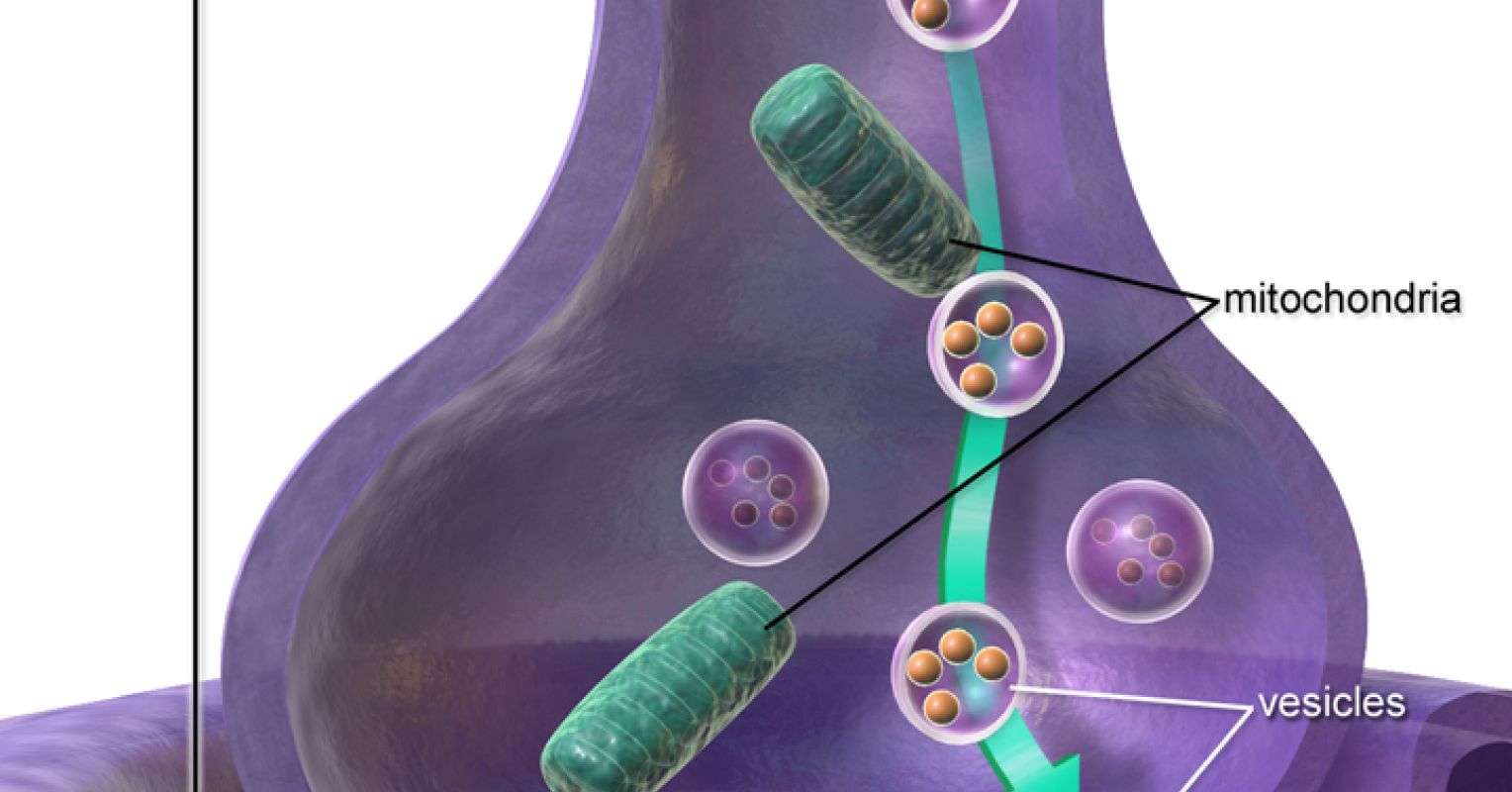
In previous posts, we described the first clear visualization of neurons by Camillo Golgi in 1873, as well as the realization by his younger rival Santiago Ramón y Cajal that they represent the basic anatomical and functional units of the nervous system. Cajal understood that mammalian neurons were contiguous, though not continuous, but was vague about how neurons might pass signals across what we now know as synapses. How this takes place was elucidated in 1920 by Otto Loewi, using an idea that came to him in his sleep. This is the story of how it came about, and how it joins a long list of creative events coming from the sleeping brain.
The Early Years
Otto Loewi was born in 1873 in Frankfort, Germany, the son of a well-to-do wine merchant. He was drawn to classical languages and art, and planned to study art history, but was persuaded by his father to go to medical school. Once at the University of Strasbourg in 1891, he tended to skip his required classes in favor of those in the humanities. He barely squeezed through the first major examination and had to spend a remedial year before gaining enthusiasm for his studies.
After graduation in 1896, Loewi worked at the City Hospital in Frankfurt. Ultimately he decided to go into research, first at the University of Marburg where he studied glucose and protein metabolism for six years. By 1909, he had risen to Chair of Pharmacology at the University of Graz in Austria.
In 1902 he visited England, spending time at University College, London, where he met two colleagues who greatly influenced his life. One was Henry Dale, who was interested in the sympathetic and parasympathetic nervous systems, components of the autonomic nervous system, which operates largely unconsciously and regulates respiration, heart rate, digestion, and other processes. He later identified the neurotransmitter acetylcholine, recognizing that it produced many of the effects of stimulating the parasympathetic system. Loewi also met the Cambridge medical student Thomas Renton Elliott, who observed that epinephrine produced effects associated with the sympathetic nervous system, and thought that it might be released by some of its nerve cells.
Returning to Graz, Loewi brought back a newfound interest in autonomic function. He looked at the effects of drugs on the functioning of the vagus nerve (part of the parasympathetic nervous system) in regulating heart function, using a model in which frogs’ hearts, which continued to beat after extraction, were studied in saline baths in glassware. He eventually became involved in an ongoing debate about whether nerve cells communicate with each other and with other tissues by means of releasing chemicals or by electrical impulses. Each view had its advocates: it was known that chemicals could produce physiological effects such as contracting muscles, for instance, though no physiological release of substances had been identified. Similarly, it had been found that electrical stimulation could produce physiological reactions.
Soup and Sparks
By 1920 Loewi was struggling to reconcile the views of what came to be known as ‘wet’ and ‘dry’ neurophysiology (less elegantly referred to as ‘soup’ and ‘sparks’) when an idea came to him in his sleep. Drifting off while reading, Loewi awakened with an idea for an experiment. He hastily scribbled down his ideas and returned to sleep. The next morning, to his consternation he was unable to read his hastily written notes. After spending what he later described as the longest day of his life, he went to sleep the following night and later awakened with the same idea. This time he arose, went to his laboratory, and conducted the experiment that changed neurophysiology and won him the Nobel Prize.
Loewi’s experiment, in which he combined a hypothesis he had been thinking about for some time with a physiologic preparation he had already been working with, had the elegance of simplicity. He set up two preparations of frogs’ hearts. In one, the vagus nerve was intact and connected to the heart; in the other, the heart was completely isolated. He electrically stimulated the vagus nerve going to the first heart, whose rate of beating consequently slowed down. He then took fluid from the chamber in which it was immersed and added it to the bath containing the second heart, which itself then slowed down. It appeared that some substance released by the vagus nerve had altered the heart’s rate of beating. Loewi called this chemical ‘Vagusstoff’ (Vagus substance), which he later found to be the neurotransmitter acetylcholine. As a result of these studies, Loewi as well as Dale, whose work complemented Loewi’s, were awarded the Nobel Prize in 1936.
Then Came the Storm Troopers
March 12 of 1938 brought the Nazis Anschluss, the invasion and annexation of Austria, and that night Loewi was awakened by a dozen soldiers; he and two of his sons were arrested and imprisoned. Loewi had violated a ban on citizens accepting the Nobel Prize, promulgated by Hitler after his experience with Carl von Ossietzky, who won the Nobel Peace Prize in 1935 for exposing Germany’s illicit rearmament. News of Loewi’s arrest reached the International Physics Congress in Zurich, and the ensuing protests ultimately led to his release two months later, but only after he was forced to turn over his Nobel Prize money to a Nazi bank. He left for England in September of 1938.
In 1940 Loewi emigrated to the U.S., where he became a citizen, and taught at New York University. He passed away on Christmas Day of 1961. Thus it was that an unpromising medical student, enthralled with the humanities, went on to change the direction of neuroscience.
